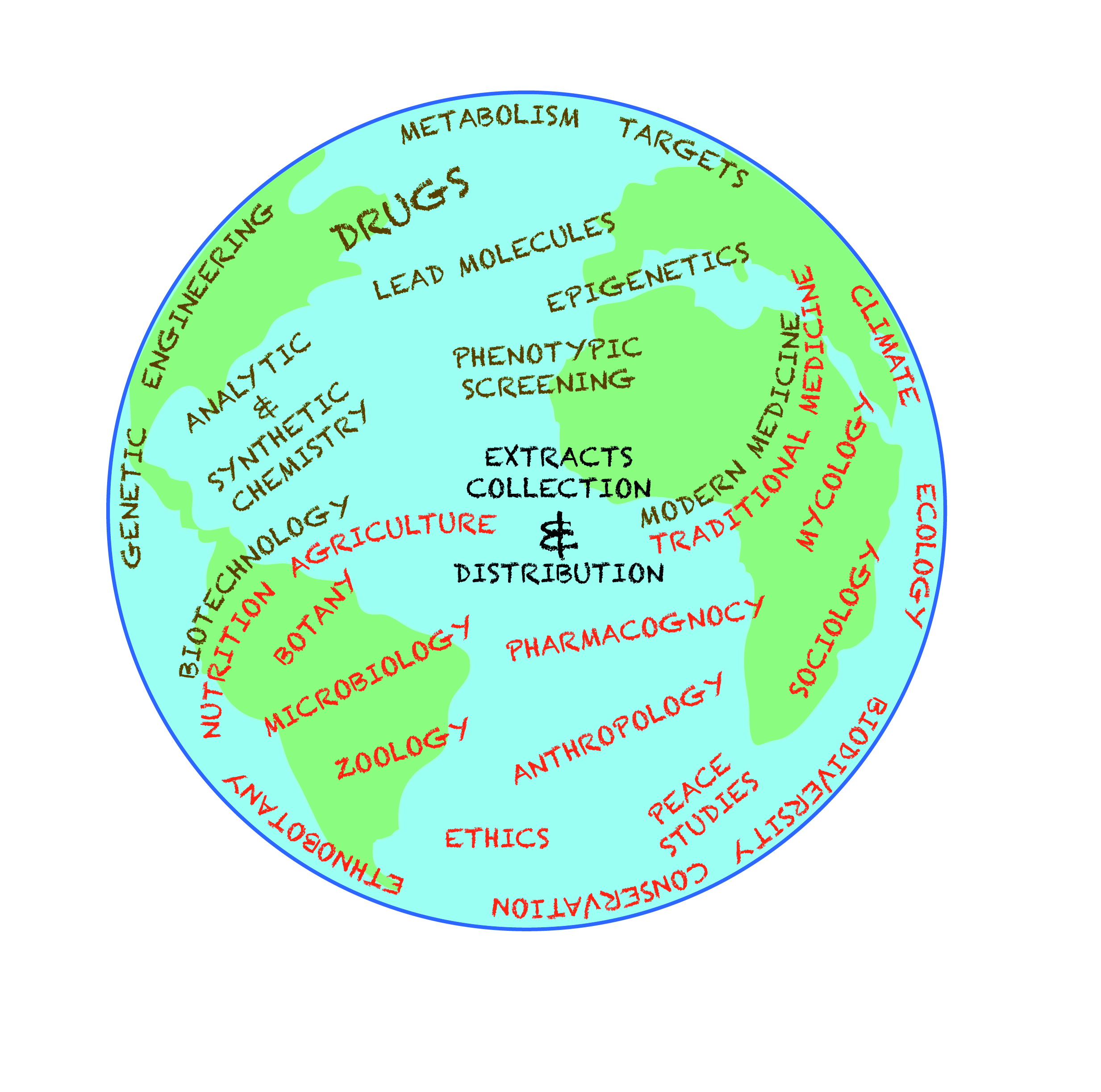A significant proportion of the world’s estimated ten million species of fungi, plants, and animals are at risk of extinction. To help address this problem, a group of young scientists has formed the working group Biodiversity for Survival via Biomedicine (Bio2Bio), which is a global, cross-disciplinary initiative to support scientists working to prevent the loss of biodiversity.
As part of these efforts, the Bio2Bio group has recently published a Position Statement titled ‘Global Young Academy Position Statement on Conservation of Biodiversity: Protecting Molecular Diversity and Biomedical Discoveries’, which outlines key challenges and possible avenues for solving them.
The preservation of biodiversity highlighted by this Statement is perhaps the single most important building block for achieving the 17 Sustainable Development Goals set by the United Nations, for example, Zero Hunger, (SDG-2), Climate Action (SDG-13), Life below Water, (SDG-14), and Life on Land (SDG-15).
According to Bio2Bio Group Leader Milica Pešić (Serbia), ‘This Statement calls upon action from the perspective of the biomedical value of Earth’s species, and biodiversity for the survival of humankind.’
Mirroring this sentiment, a portion of the statement reads as follows: ‘The GYA believes that collecting, curating, and disseminating knowledge on biodiversity as it relates to the treatment of human diseases will promote the conservation of bio- and molecular diversity while creating the international cooperation needed to safeguard well-being for all communities.’
The Bio2Bio working group is an good example of such cooperation, as it focuses on protecting the molecular diversity needed for novel biomedical discoveries and development through the following activities: creating open interdisciplinary international dialogue; establishing best practices and codes of conduct; promoting the fair and equitable sharing of benefits obtained from drug discoveries among stakeholders; and standardizing high-capacity biological assays to test natural products against cell-based disease models.
See GYA News Release here.
